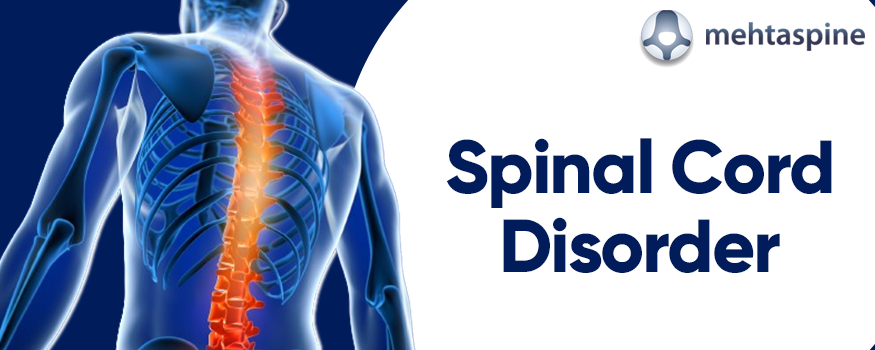Spinal Cord Disorders: Symptoms, Diagnosis, and Treatment
Disorders of spinal cord refer to any condition that affects the spinal cord, a crucial bundle of nerves running through the spine. These disorders range from severe spinal cord injuries (SCI) to degenerative conditions like spinal stenosis or herniated discs. There are numerous symptoms associated with spinal cord disorders, ranging from pain, numbness, weakness, and tingling to loss of sensation or motor function.
The diagnosis is done by spinal deformity surgeons UK and involves reviewing the medical history, conducting a physical examination, and imaging tests such as MRI or CT scans. The treatments for spinal cord disorders vary based on the specific causes and the extent of symptoms.
Treatment methods include conservative approaches such as medication and physical therapy, as well as surgical procedures in severe cases. Early detection of symptoms and starting the recovery process as soon as possible helps prevent serious complications and improve the quality of life.
Spinal Cord Disorder Symptoms:
The symptoms of a spinal cord disorder depend on the location and type of disorder along the spinal cord. The common symptoms include:
- Severe pain in the neck, back, or limbs
- Weakness or paralysis in the hands or feet
- Numbness or tingling sensations
- Difficulty walking or maintaining balance
- Changes in bowel or bladder functions
- Changes in sensation or reflexes
If the disorder affects the higher part of the spinal cord, patients are more likely to suffer from severe muscle cramps, coordination problems, or even shortness of breath. The symptoms can range from mild to severe and can worsen if not treated promptly. Therefore, taking appropriate action in a timely manner is necessary for accurate diagnosis and follow-up treatment.
Spinal Cord Disorder Diagnosis:
Diagnosing a spinal cord disorder is a complex procedure that requires a comprehensive initial assessment, including reviewing medical history and undertaking a physical examination to examine the symptoms, reflexes, and sensory function.
Moreover, imaging tests such as MRI or CT scans provide clear views of the spinal cord and the surrounding structures, helping doctors spot abnormalities such as herniated discs, stenosis, or tumors.
Additionally, doctors may perform electromyography (EMG) and nerve conduction studies (NCS) to understand nerve function and focus on areas of dysfunction.
Blood tests can help rule out infections or autoimmune conditions. Finally, a spinal tap (lumbar puncture) may be performed to analyze cerebrospinal fluid for signs of inflammation or infection.
These diagnostic procedures aid in accurately identifying the spinal cord disorder and developing appropriate treatment strategies.
Spinal Cord Disorder Treatment:
The treatment for spinal cord disorders focuses on symptom management, slowing down the process of tissue damage, and helping patients improve their quality of life.
Conservative treatment strategies vary from one condition to another and their severity. The treatment involves medical management and physical therapy to strengthen muscles and improve mobility. Surgical interventions become necessary when conservative measures such as painkillers, physiotherapy, or corticosteroid injections do not relieve pain.
Surgical interventions range from decompression of the spinal cord, tumor removal, resection of prolapsed discs, and stabilization of the spine through fusion. Rehabilitation is a key component in the recovery process.
Mehta Spine: Expertise in Spinal Cord Disorder Treatment
Meet Mr. Mehta, an esteemed orthopedic surgeon specializing in spinal deformities and disorders. Mr. Mehta is ranked among the Top ten spinal surgeons in UK. Mehta Spine has expertise in the management of spinal cord diseases and disorders. Be confident with Mehta Spine in your quest for excellent treatment for spinal cord disorders.


